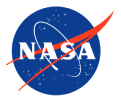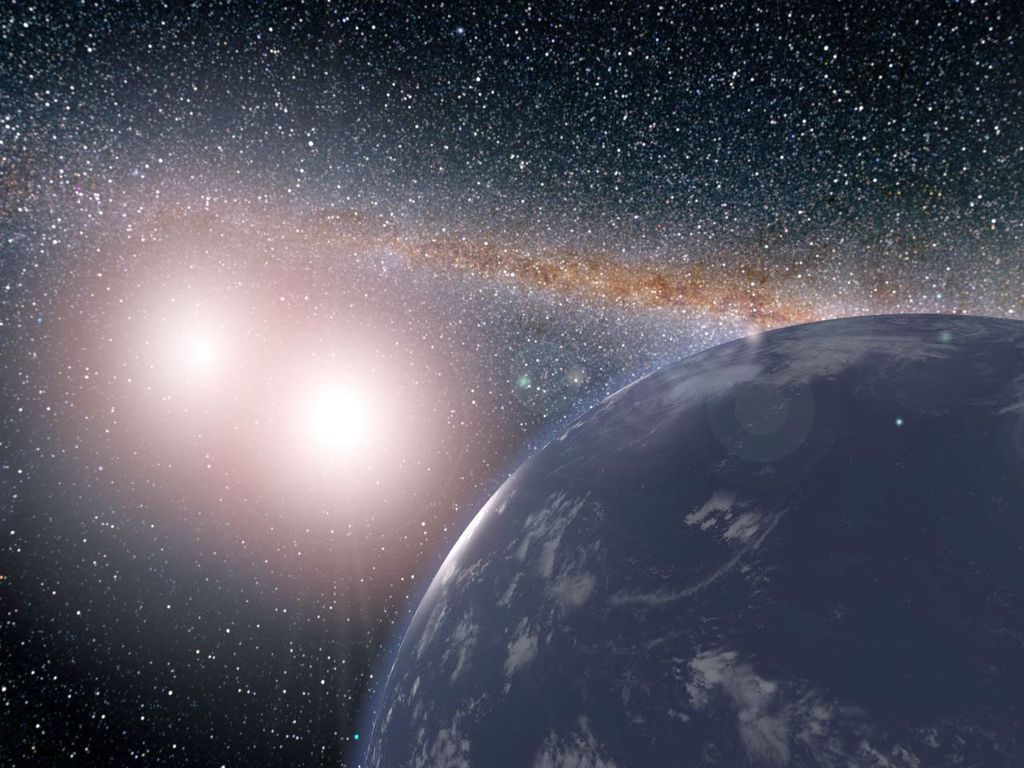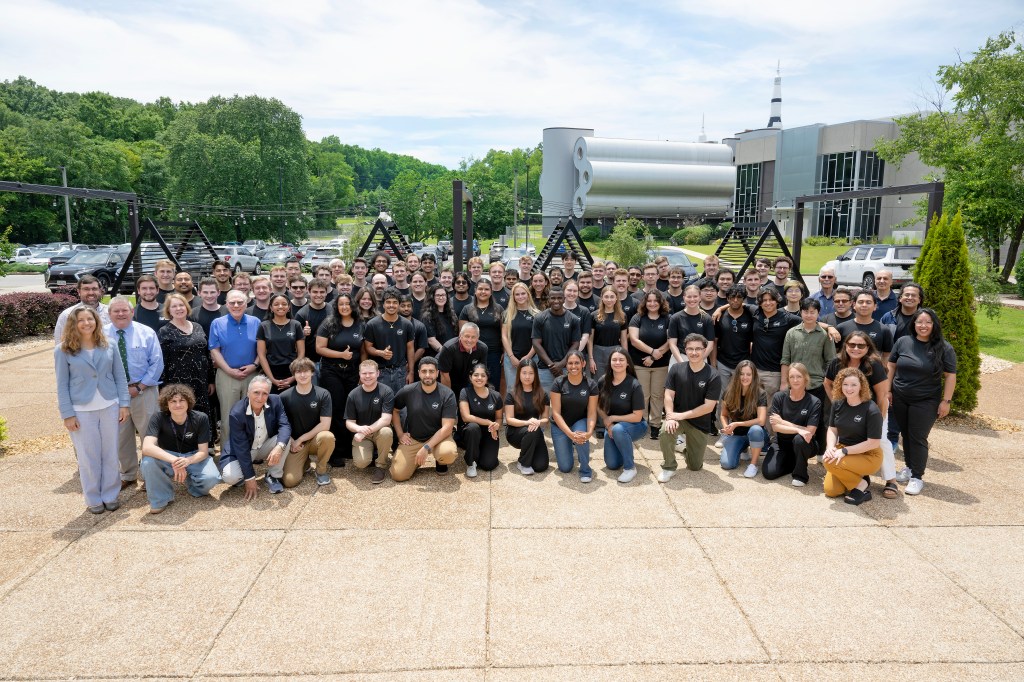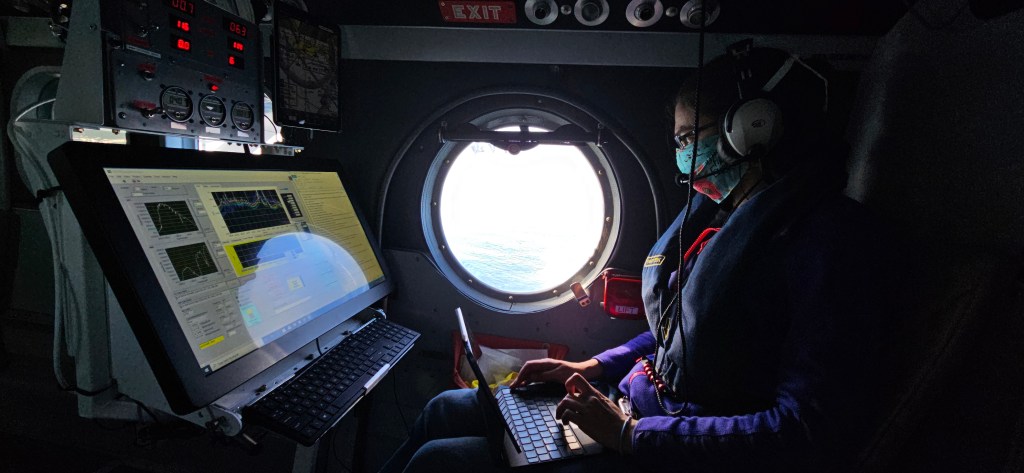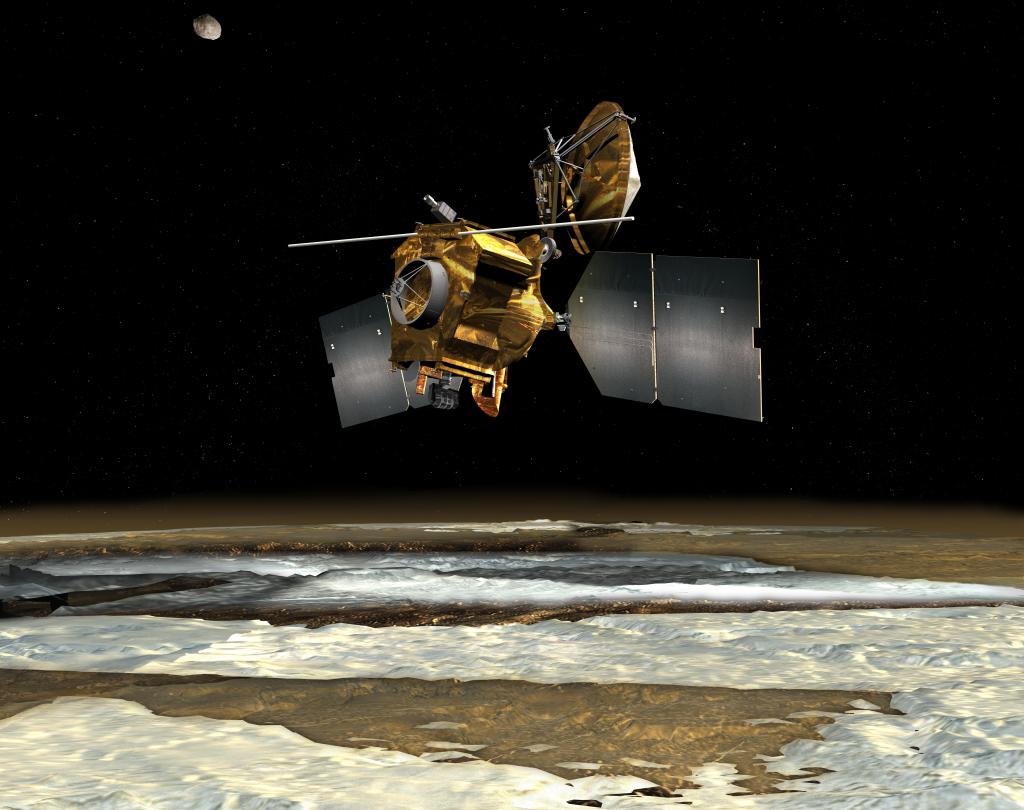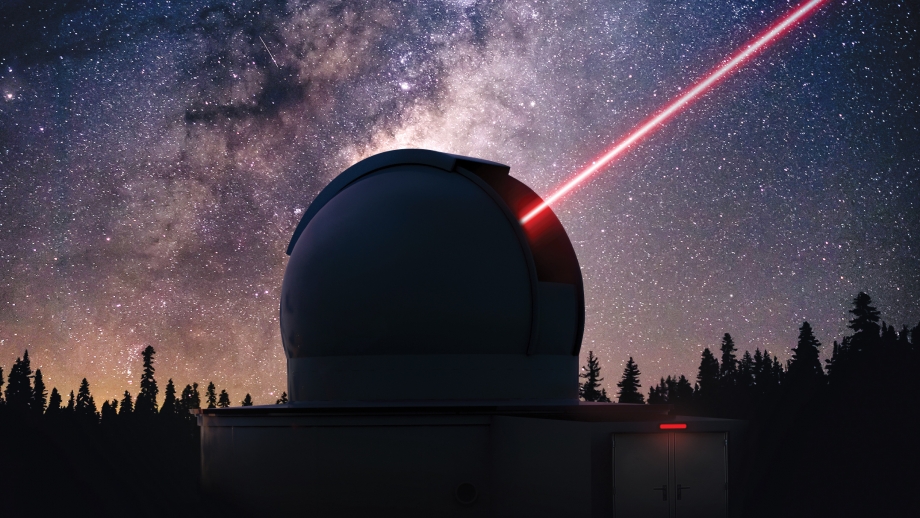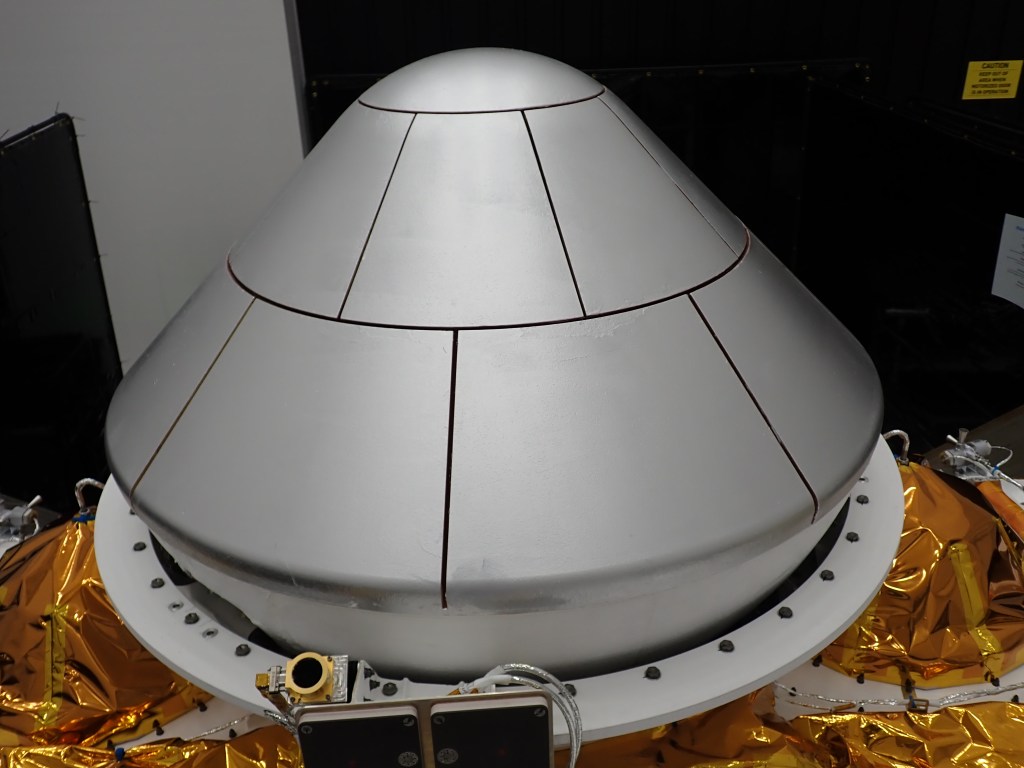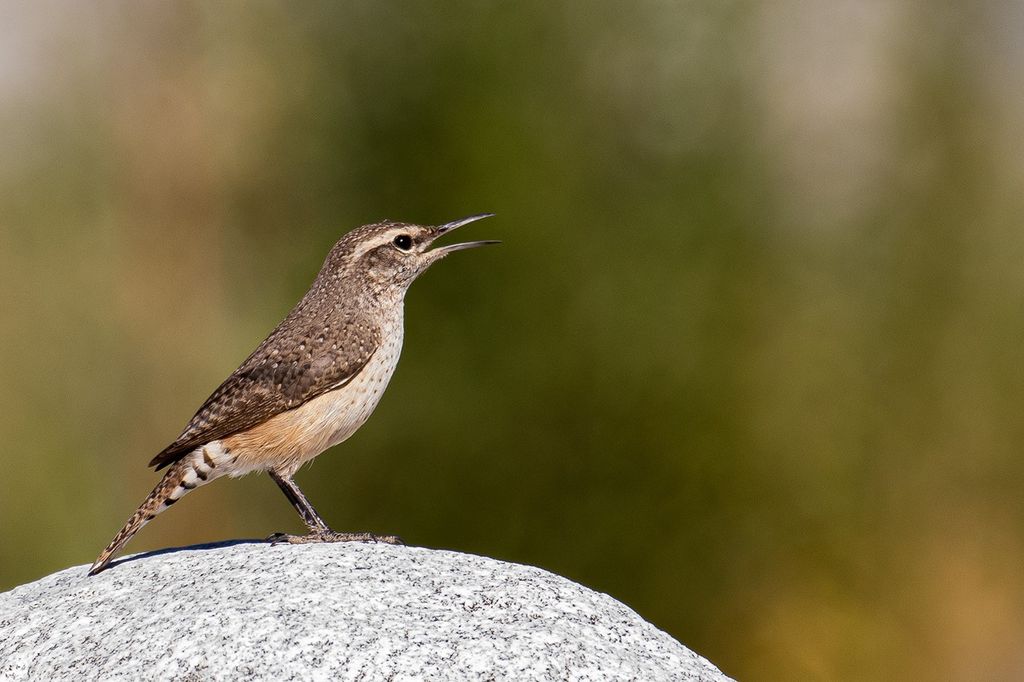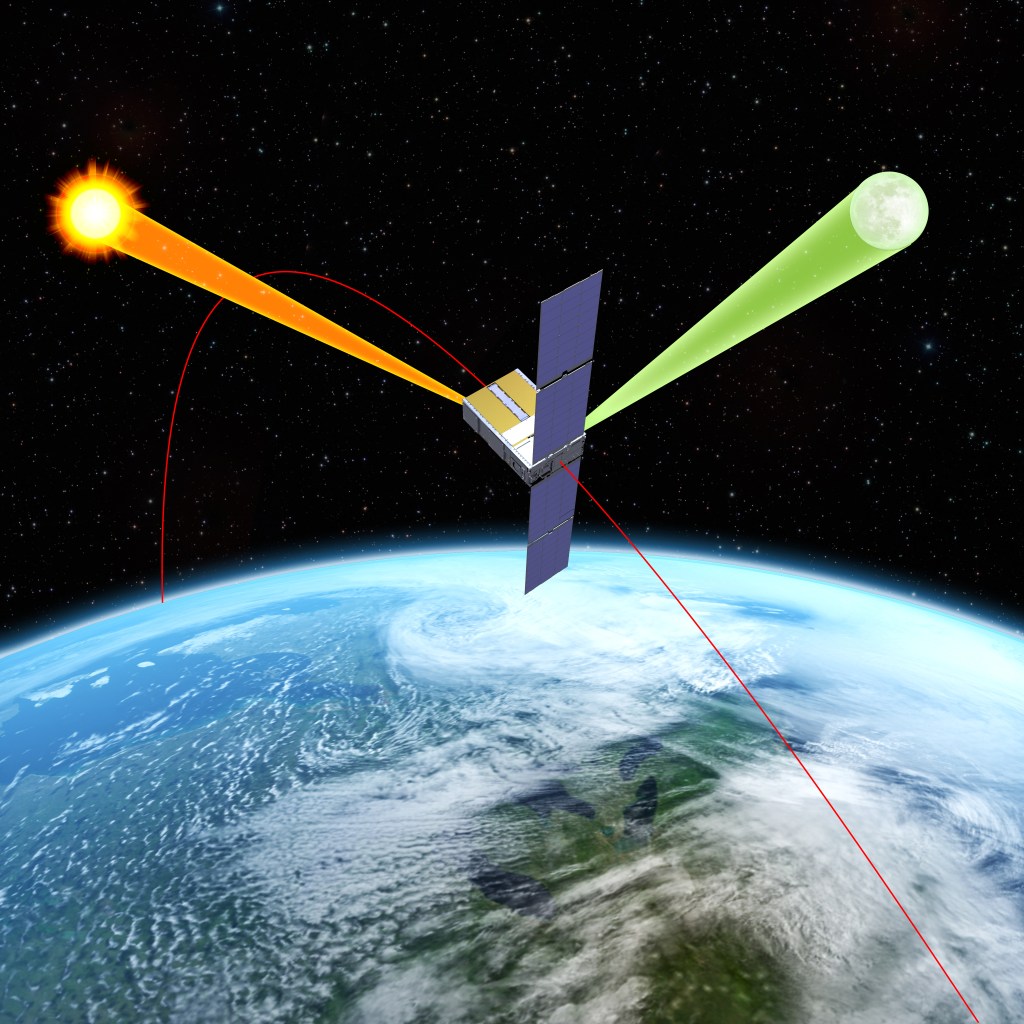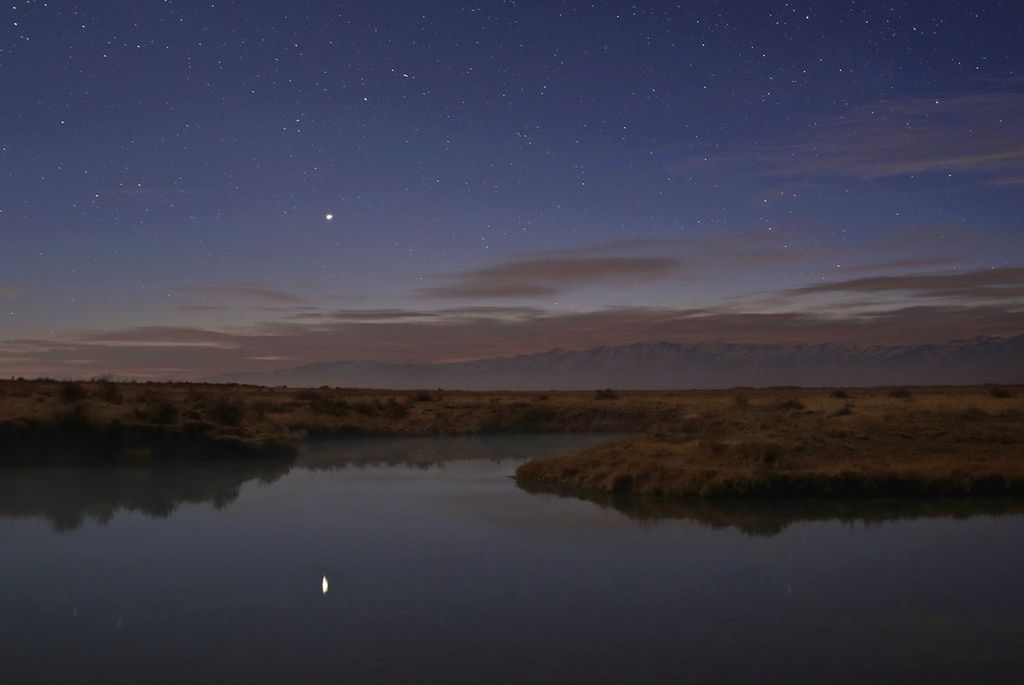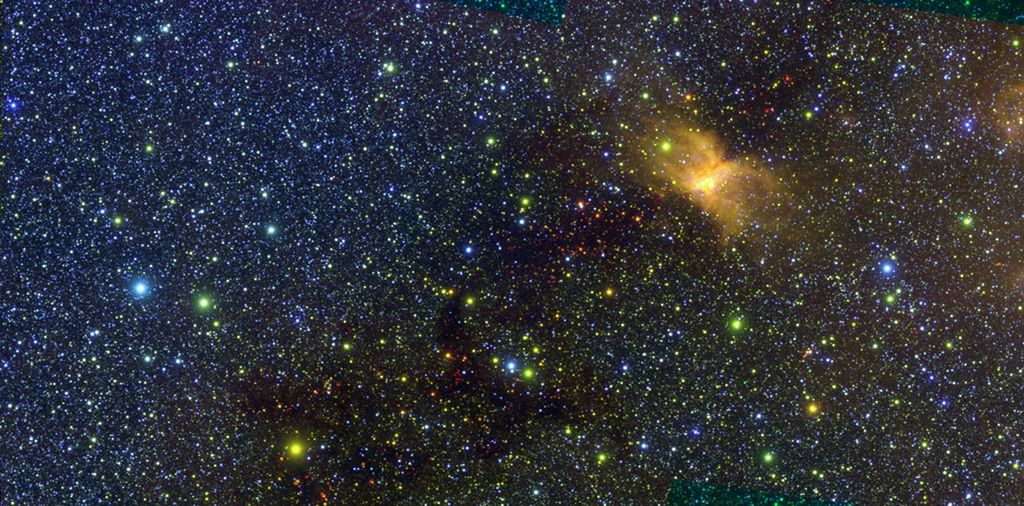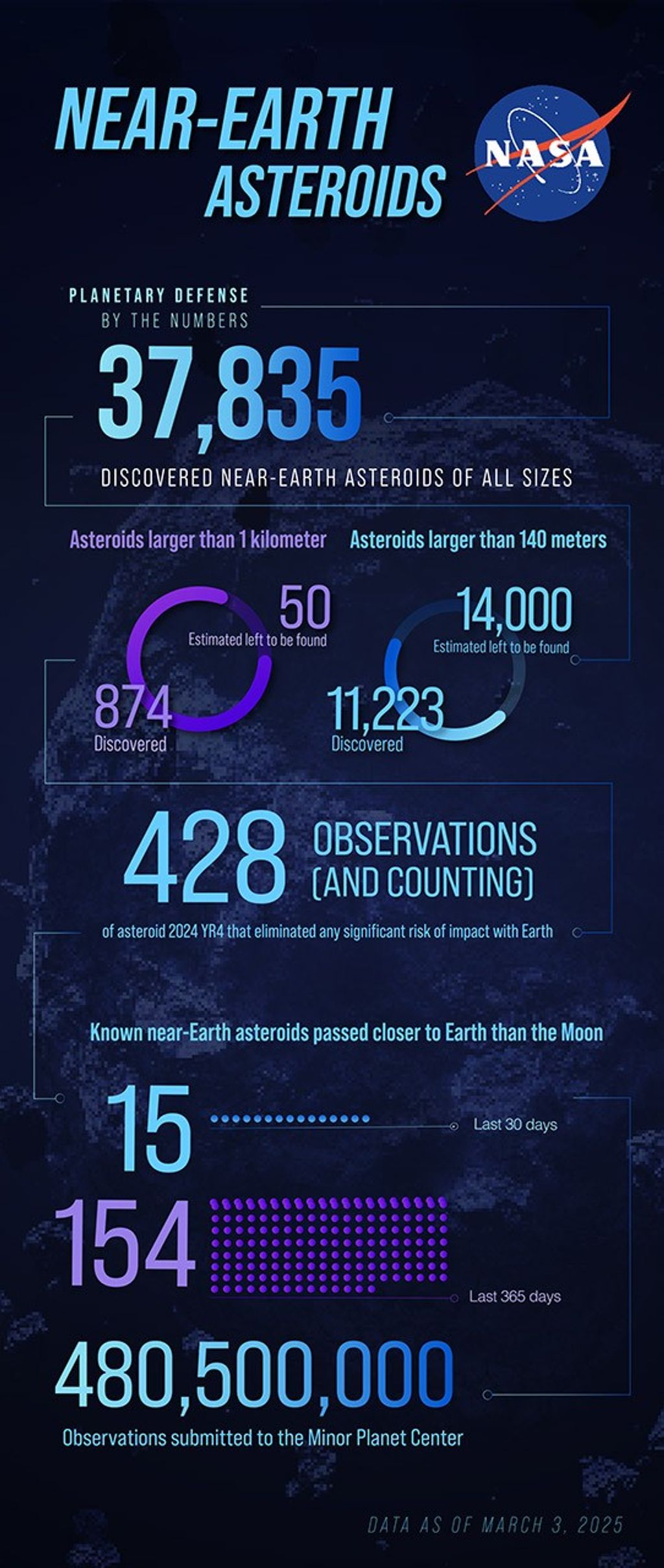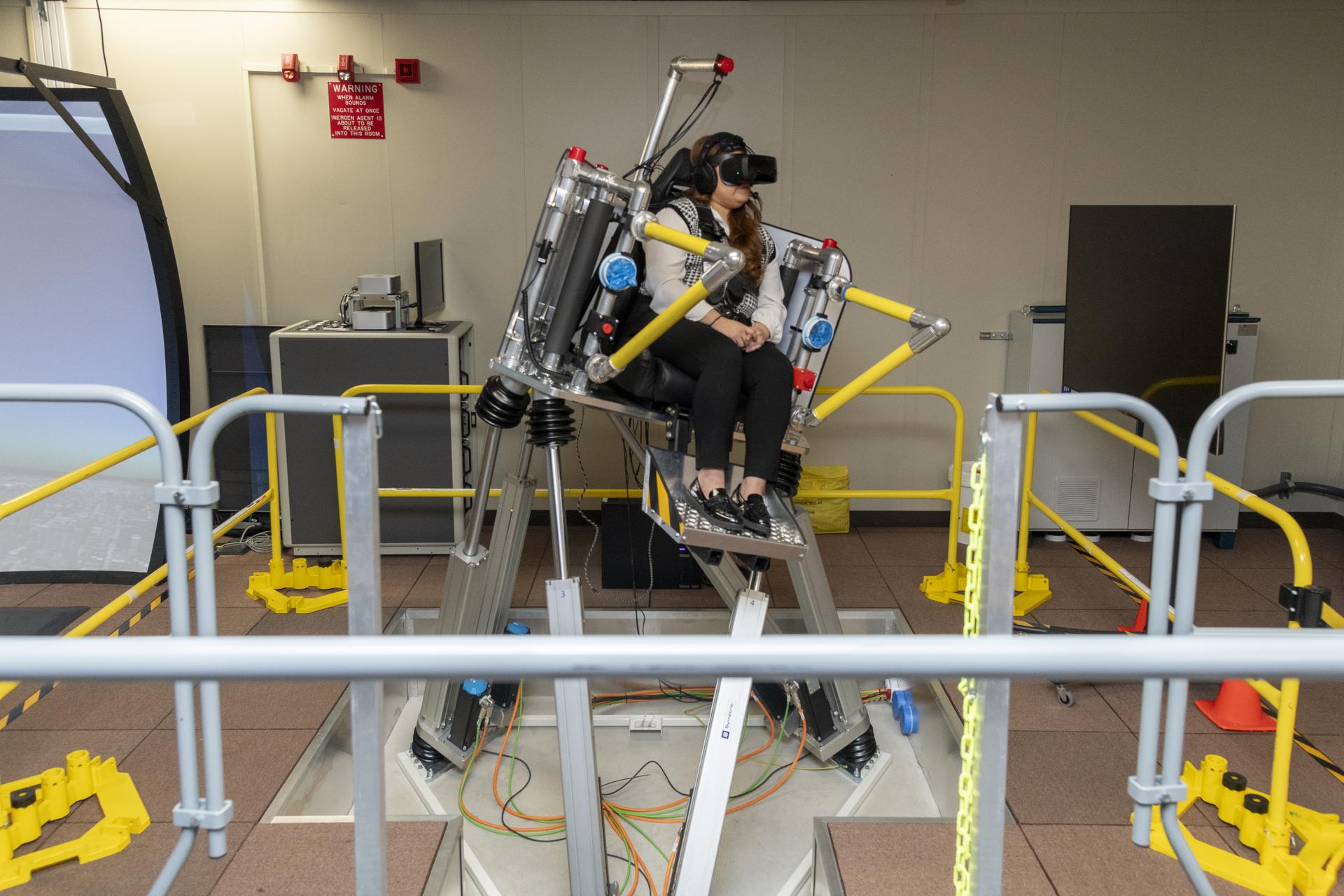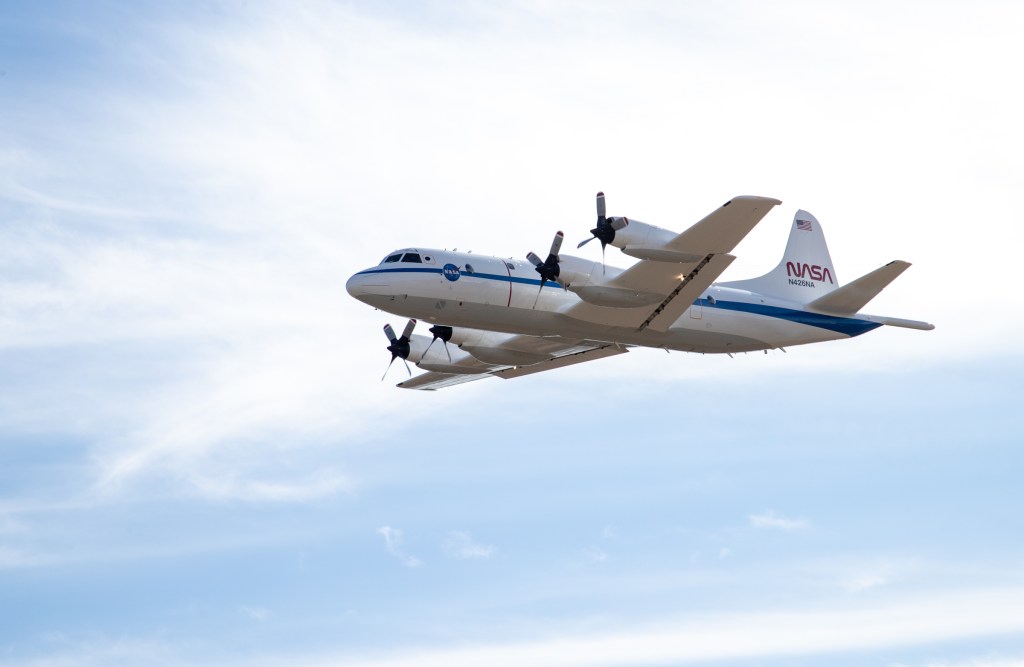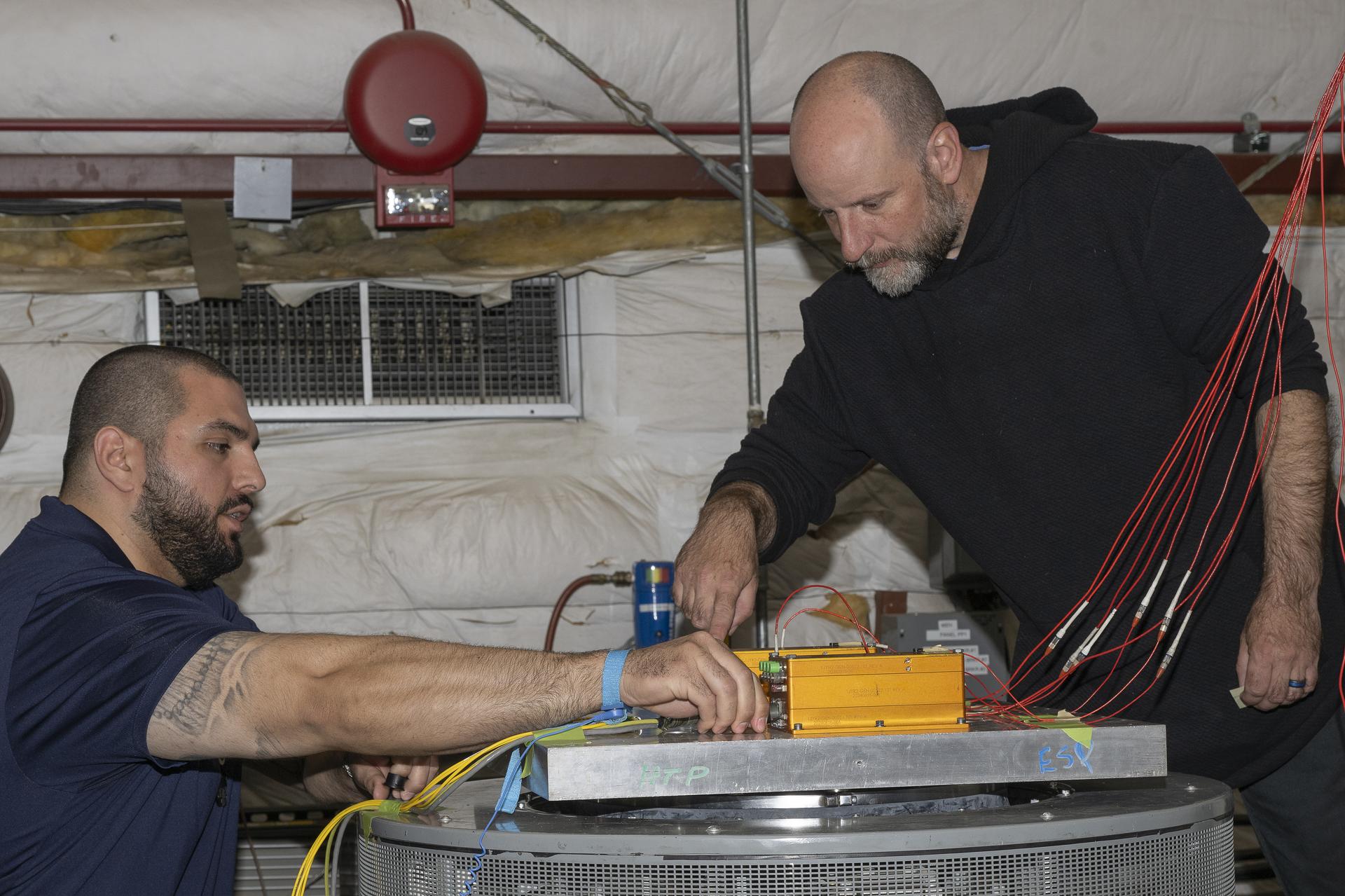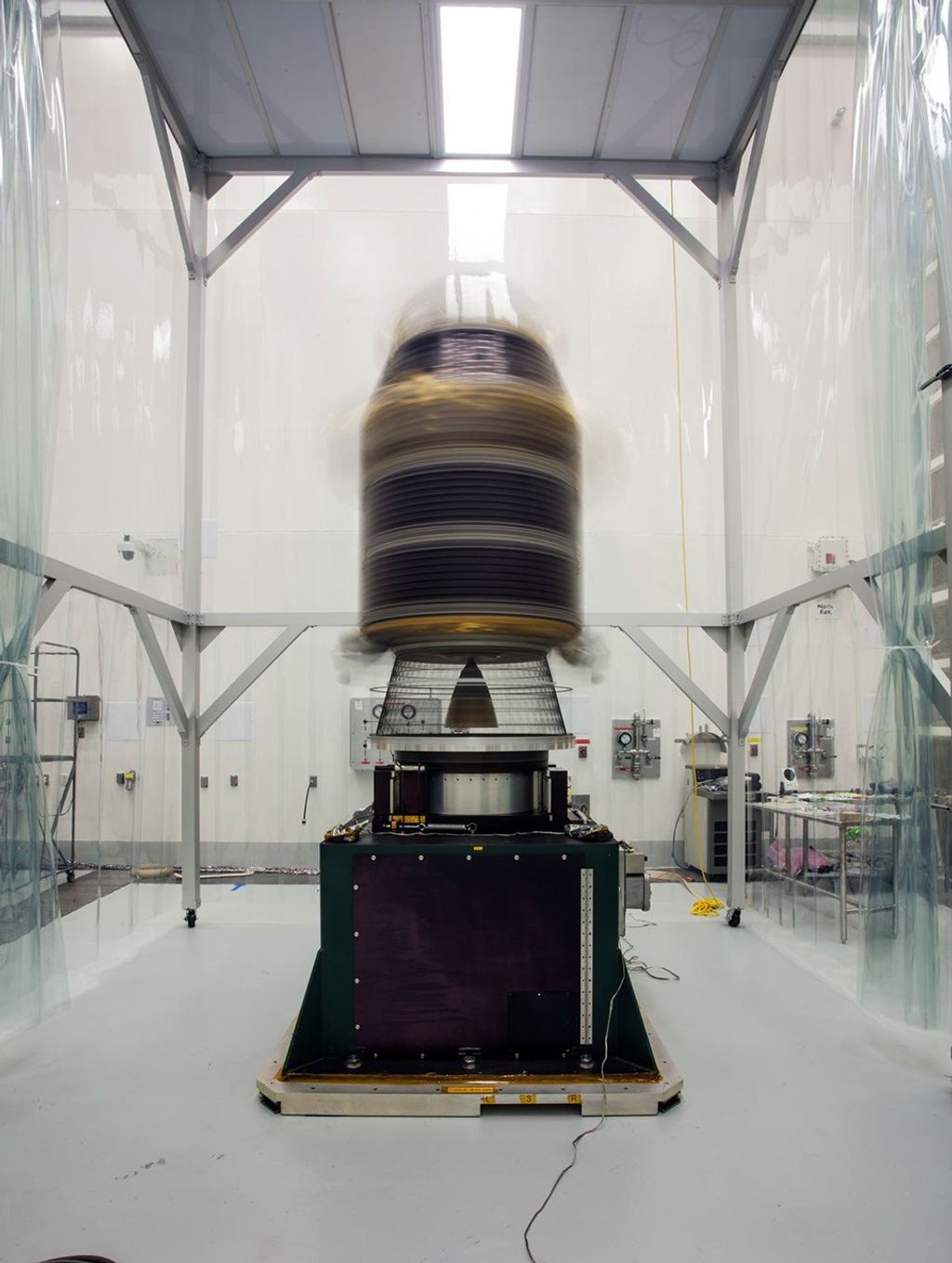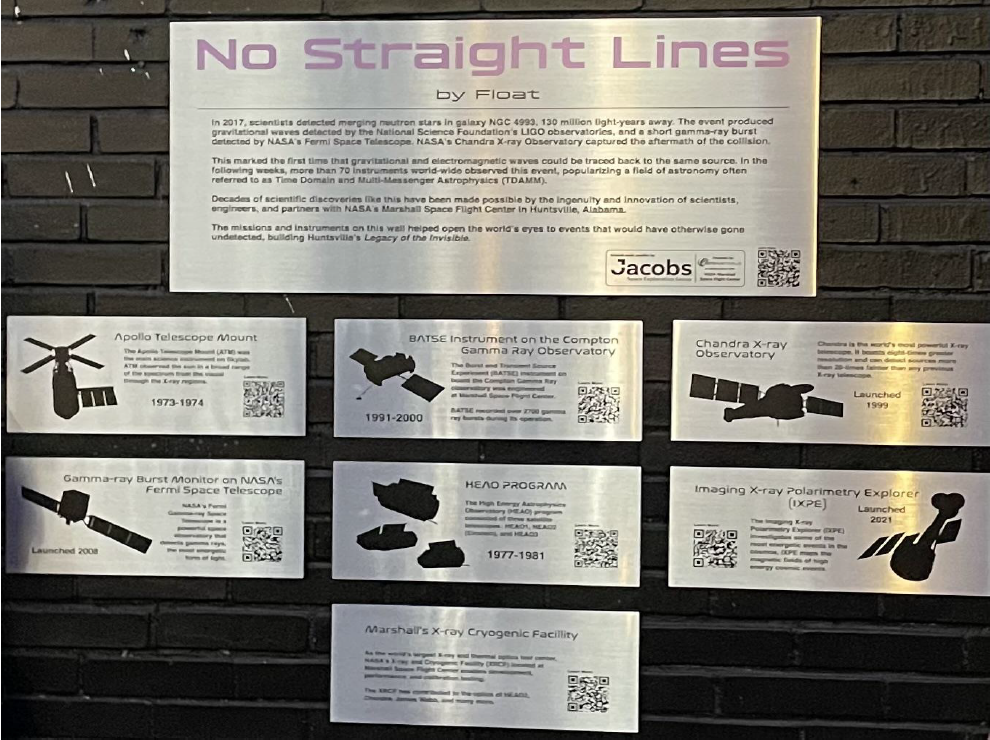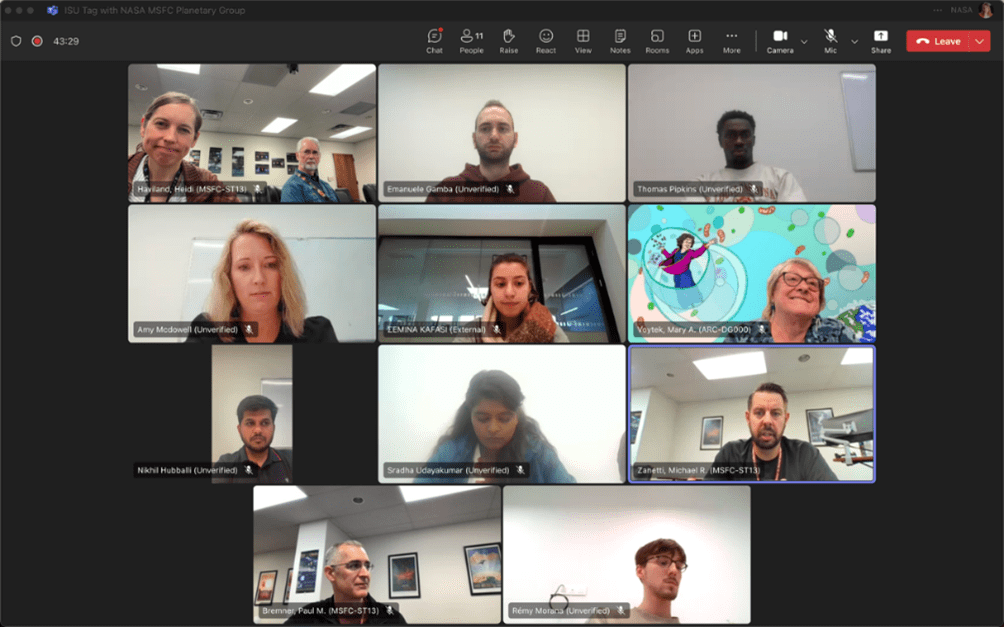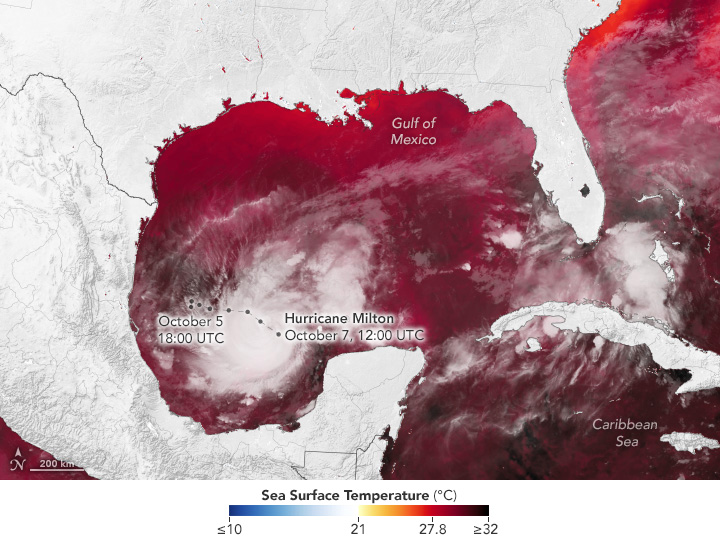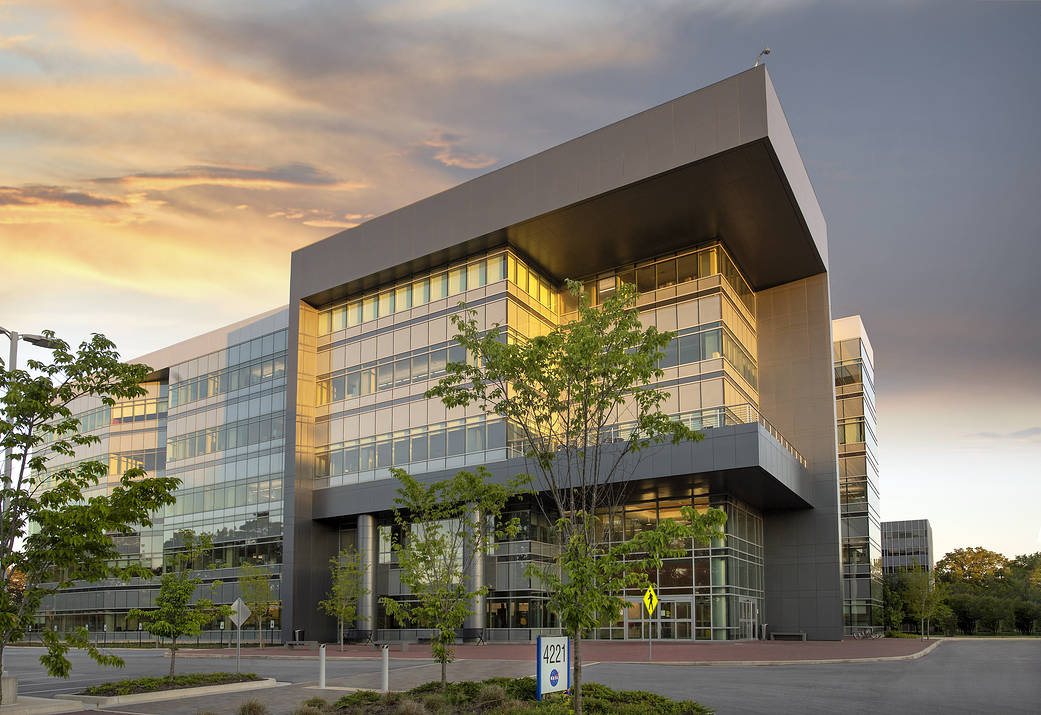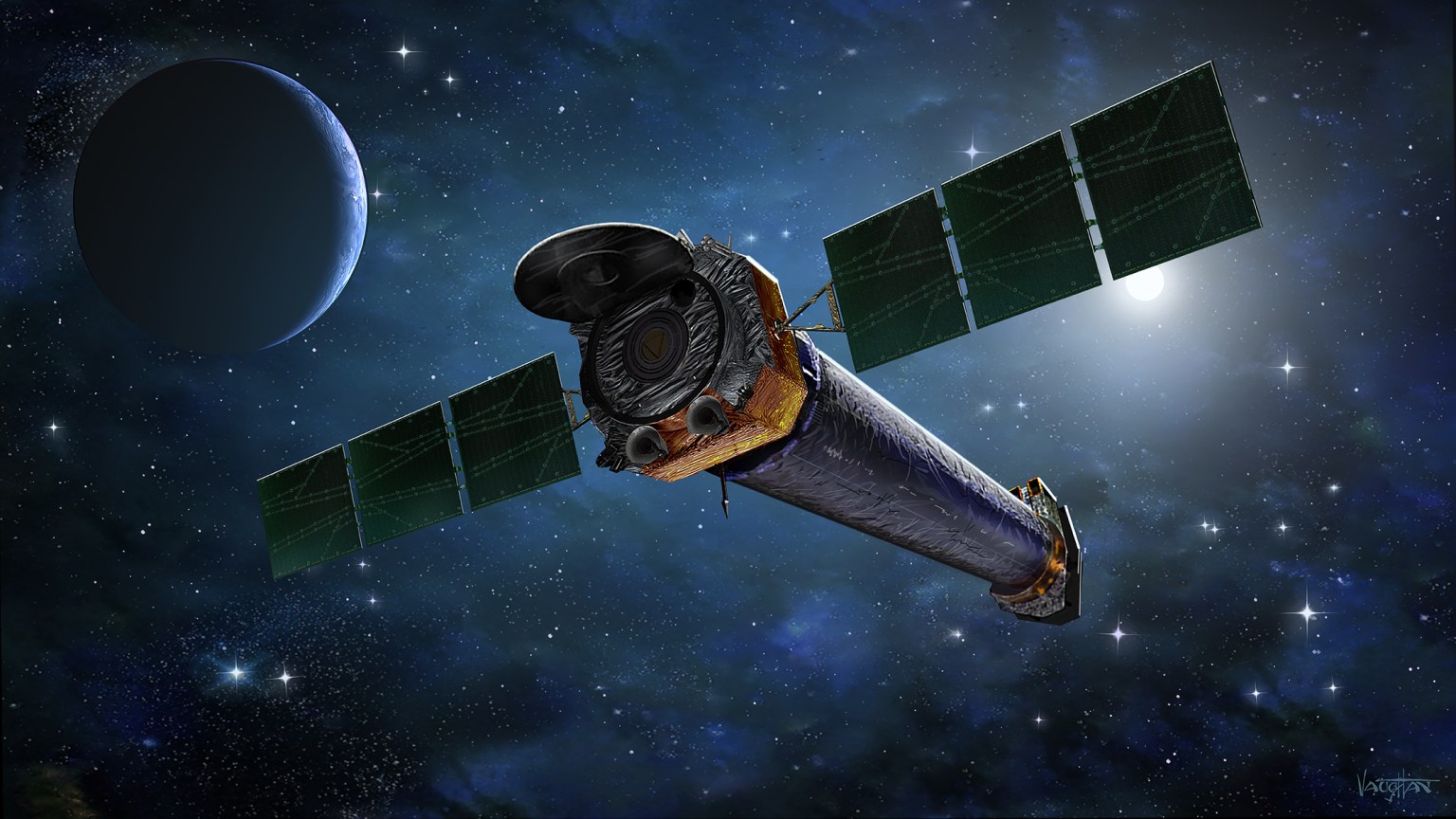Marshall Space Flight Center
Science Outreach 2024
Astrophysics
Chandra Team Participates in “Mission Day” Presentation to Office of STEM Engagement Interns
On Nov. 15, 2024, Chandra team members presented to a group of over 45 NASA interns. The “Mission Day” event was a 2-hour virtual seminar from four programs across NASA’s portfolio. Chandra Project Manager Andrew Schnell presented a brief history of Chandra’s mission and engineering journey at NASA’s Marshall Space Flight Center. Astrophysicist Steven Ehlert presented on the scientific contributions of Chandra and how the science has evolved throughout Chandra’s mission. Following the presentation, the Chandra team hosted a Q&A session.
NASA Marshall Astrophysicists, Former Astronauts Discuss Chandra X-ray Observatory for its 25th Anniversary
Astrophysicists Dr. Steven Ehlert and Dr. Jessica Gaskin of NASA Marshall joined retired NASA astronauts and U.S. Air Force colonels Eileen Collins and Catherine (Cady) Coleman at the U.S. Space and Rocket Center (USSRC) on the evening of Aug. 23, 2024, for an event to discuss the launch, operations, and science of the Chandra X-ray Observatory to a sold-out audience. The event included a planetarium show describing the development, launch, and science of Chandra followed by a Q&A session with Ehlert, Gaskin, Collins, and Coleman. Questions were solicited from the USSRC’s Intuitive Planetarium and seven other planetariums around the country. Included in the audience were Marshall experts on X-ray astronomy, Chandra engineers and managers, Senior Vice President for Economic Development in Huntsville/Madison County Chamber of Commerce Lucia Cape, and Huntsville Mayor Tommy Battle. NASA Marshall Center Director Joseph Pelfrey opened the event highlighting Marshall’s significant role in the Chandra mission and while mentioning Marshall’s upcoming 65th birthday, the hope for continued involvement and success.
NASA Marshall Joins Huntsville, Alabama to Celebrate “Legacy of the Invisible”
A celebratory event coined “Legacy of the Invisible” was held in downtown Huntsville, Alabama, to reveal “No Straight Lines” a mural by the local artist Float. The mural honors Huntsville’s extraordinary legacy of astrophysics research and breakthrough discoveries made possible by scientists and engineers from NASA’s Marshall Space Flight Center. This event, which coincided with Chandra’s 25th anniversary, featured talks by Marshall Chief Scientist Renee Weber and astrophysicist Colleen Wilson-Hodge. The installation also features brass plaques highlighting previous astrophysics missions including the Apollo Telescope Mount, the BATSE Instrument on the Compton Gamma Ray Observatory, the Chandra X-ray Observatory, the Gamma-ray Burst Monitor on NASA’s Fermi Space Telescope, the HEAD Program, the Imaging X-ray Polarimetry Explorer, and the Science Research and Projects Division’s X-ray and Cryogenic Facility.
Heliophysics and Planetary
Marshall Space Flight Center Planetary Scientist Visits School
Marshall planetary Scientist Heidi Haviland visited the Lighthouse Homeschool Co-op on Feb. 14, 2025. She presented “Planets, Moons, and More,” an overview of being a planetary scientist at NASA. There were 80 students present including elementary, middle, and high school students and their families. The students were enthusiastic and curious, asking several questions. The talk was well received and garnered interest in upcoming lunar missions and planetary and space sciences.
Marshall Space Flight Center Scientist Presents at the Physikalisch-Meteorologisches Observatorium Davos/World Radiation Center (PMOD/WRC)
From Nov. 12-15, 2024, Alphonse Sterling of NASA’s Marshall Space Flight Center’s Heliophysics and Planetary Science Branch visited the Physikalisch-Meteorologisches Observatorium Davos/World Radiation Center (PMOD/WRC) in Davos, Switzerland. The PMOD/WRC studies solar radiation and its effect on terrestrial climate, serves as an international center for calibration of meteorological instruments, and develops instruments for ground-based and space-based use. Sterling met with colleague, co-author, and Director of PMOD/WRC Louise Harra to discuss ongoing solar projects. Sterling and Harra also discussed the upcoming Solar-C/EUVST (EUV High-throughput Spectroscope Telescope) mission on which Sterling will serve as the NASA Mission Scientists and PMOD/WRC will mount an instrument. During his visit, on Nov. 14, Sterling led a seminar entitled “Solar Coronal Jets, and Implications for Solar Eruptions on Larger and Smaller Size Scales.”
Seminar Presented at the University of Alabama Huntsville
On Oct. 25, 2024, Dr. Alphonse Sterling of NASA’s Marshall Space Flight Center’s Heliophysics and Planetary Science Branch participated in the University of Alabama (UAH) Space/Science Center for Space Plasma and Aeronomic Research (CSPAR) Colloquium. Sterling’s session was titled “Solar Coronal Jets and Implications for Solar Eruptions on Larger and Smaller Size Scales.”
Talk Given at Planetary Science & Astrobiology Seminar (PSAS) at Georgia Institute of Technology
On Oct. 25, 2024, Dr. Alka Rani of NASA’s Marshall Space Flight Center’s Heliophysics and Planetary Science Branch presented at the Planetary Science & Astrobiology Seminar (PSAS) at the Georgia Institute of Technology. Rani’s presentation, titled “Unveiling the Red Planet’s Secrets Through Volcanism: A Geological, Geochemical, and Geophysical Perspective,” offered insights into Mars’s volcanic history and its implications for planetary science.
Marshall Planetary Group Discusses Detecting Life on Europa with International Space University (ISU) Masters Students
On Oct. 24, 2024, Marshall Space Flight Center’s Heliophysics and Planetary scientists, including Dr. Heidi Haviland, Dr. Dennis Gallagher, Dr. Paul Bremner, and Dr. Mike Zanetti, along with Dr. Mary Voytek from NASA HQ met virtually with International Space University (ISU) graduate students to discuss life detection on Europa. The students discussed the importance and interplay of all physical sciences to biological life and life detection missions including rovers, submarines, orbiters, and more.
Earth Science
Marshall Scientist Talks about Severe Weather at Public Library
Marshall Earth scientist Dr. Sarah Bang presented a talk titled “Nature of Extreme Weather in the Southeastern U.S.” at the Madison Public Library in Madison, Alabama for the Madison Greenways and Trails Association quarterly Nature Series. Bang discussed severe weather in the U.S. and how storms and tornadoes are distributed around the country and here in the southeast, touching on patterns and distributions of severe weather phenomena and changes to those patterns that have emerged in the last few decades. The group learned how thunderstorms form and what ingredients are needed to make a storm strong enough to develop a tornado or hail. Bang walked listeners through a timeline of severe events unfolding and described how humans here on earth experience them. She also discussed what the National Weather Service provides as storms develop and what those products mean. She touched on some severe storm safety and shared practices for situational awareness and weather safety.
Marshall Participation at Midtown Elementary STEM Night
Chris Schultz, a scientist from Marshall’s Earth Science Branch, participated at Midtown Elementary School’s STEM Night on Feb. 29, 2025, demonstrating how clouds electrify and produce lightning using a Van de Graaff generator. Schultz talked with students and families about why we see lightning in thunderstorms and lightning safety guidance and allowed participants to make their own mini-lightning bolts with the generator. About 300 students and families participated in the two-hour event.
Earth Scientists Assist Data Science Graduate Students at Harvard
Timothy Lang and Mason Quick of Marshall Space Flight Center’s Earth Science Branch served as mentors for two different groups of data science graduate students at Harvard University. Lang’s group’s (Tim Ginting, Monica Klimczak, Kasi Laxmanan, and Arjun Singh) capstone project titled “Low-Frequency Microwave Reconstruction,” tested machine learning methods for reconstructing brightness temperature scenes for low-frequency microwave channels like 37 GHz in the event such channels might be missing, e.g., from future NASA missions that only feature high-frequency microwave (e.g., 85+ GHz). Using data from the Tropical Rainfall Measuring Mission’s (TRMM) other microwave channels, the Lightning Imaging Sensor (LIS), and infrared observations, the students demonstrated the feasibility of the technique, which will improve the utility of data fusion with the program of record (including lightning observations) in the future when missions like the Investigation of Convective Updrafts (INCUS) and Atmosphere Observing System (AOS) are in orbit.
Quick’s group’s (Ian Kelk, Yash Nahar, Chandrakant Shendarkar, Christina Wang, and Guilherme Zuanazzi) project titled “Cloud-Top Height Field Estimation from Aerial Imagery,” used high-definition video from the Fly’s Eye Geostationary Lightning Mapper Simulator (FEGS) airborne instrument to estimate cloud-top height. FEGS has flown on the high-altitude NASA ER-2 aircraft for two campaigns, in 2017 and 2023, and recorded many hours of daytime footage from above clouds. By analyzing relative cloud motion with machine learning, the group was able to make accurate estimates of cloud-top height that compared well with independent measurements, including airborne lidar. This work will provide a new way to estimate cloud-top height during airborne missions and will help improve FEGS radiometric measurements. Both projects spanned August through December 2024 and received cloud computing assistance from the NASA Interagency Implementation and Advanced Concepts Team (IMPACT). Conference presentations and peer-reviewed journal articles from these projects are currently in work.
Marshall Scientist Gives Severe Weather Talk at the Madison Public Library
Sarah Bang of Marshall Space Flight Center’s Earth Science Branch was invited to give a presentation on “The nature of extreme weather in the Southeastern US” at the Madison Public Library in Madison, Alabama, in collaboration with the Madison Greenways and Trails association as part of their Nature Talks series.
SERVIR Scientists Gives Geographic Information Systems (GIS) Day Keynote Address at the University of Belize
On Nov. 13, 2024, Emil Cherrington, the SERVIR Science Coordination Office’s Ecosystem & Carbon Thematic Lead, addressed the faculty and students at the University of Belize to provide a virtual keynote address for the university’s celebration of GIS Day. In his remarks, Cherrington highlighted the role of the SERVIR program in supporting geospatial and Earth observation capacity development activities in Central America, including the recently launched SERVIR Central America hub based at the Tropical Agricultural Research and Higher Education Center (CATIE, in Spanish) in Costa Rica. Cherrington also highlighted the need for students to develop skills related to scientific coding and machine learning, as relevant to recent developments in the realm of geospatial artificial intelligence.
SERVIR Scientist Addresses Geographic Information Systems (GIS) Week at North Carolina State University
On Nov. 22, 2024, Emil Cherrington, the SERVIR Science Coordination Office’s Ecosystem & Carbon Thematic Lead, delivered the keynote address at the Geographic Information Systems (GIS) Week at North Carolina State University (NCSU) in Raleigh, North Carolina. During the keynote, Cherrington addressed graduate students and faculty associated with NCSU’s Center for Geospatial Analytics. He described his career trajectory from his first GIS and remote sensing courses as a graduate student at the University of Washington, to working for the first SERVIR hub, to joining the SERVIR Science Coordination Office in 2016. He also elaborated on SERVIR’s current portfolio of work and his perspectives on future developments relevant to GIS, including recent advances in geospatial artificial intelligence and machine learning. Cherrington’s participation in NCSU’s GIS Day activities was in the framework of the university’s ongoing geospatial forum series. In addition to his keynote address, Cherrington also led a two-hour studio activity/training focused on the use of Google Earth Engine for monitoring land cover change and vegetation height estimation upscaling using data from the Global Ecosystem Dynamics Investigation (GEDI) and Landsat.
SPoRT Products Support Hurricane Milton Forecasting
The 2024 hurricane season has been particularly intense with major storms like Debby, Helene, and Milton creating significant community challenges. NASA’s Short-term Prediction Research and Transition (SPoRT) products produce data to improve forecasting and response efforts, from storm formation to post-landfall impacts.
Early in the season, SPoRT’s Sea Surface Temperature (SST) viewer highlighted warm ocean waters that fueled storm development, including Milton’s rapid intensification to a Category 5 hurricane. SPoRT’s Geostationary Lightning Mapper (GLM) tracked lightning activity during intensification, providing early warning signs of strengthening storms. As hurricanes approached landfall, tools like the Geostationary Operational Environmental Satellite’s (GOES) Advanced Baseline Imager (ABI) viewer provided near real-time satellite imagery, giving forecasters crucial insights into storm structure. After landfall, SPoRT’s Land Information System (LIS) and Streamflow-AI model indicated flooding risks. SPoRT products provided critical, real-time data to ensure forecasters and responders had the insights necessary to inform the public and provide appropriate relief in the aftermath of the storms.
A series of social media posts, blogs, and NASA Earth Observatory articles highlight the value of SPoRT products to decision-makers. See the season coverage on the following sites.
